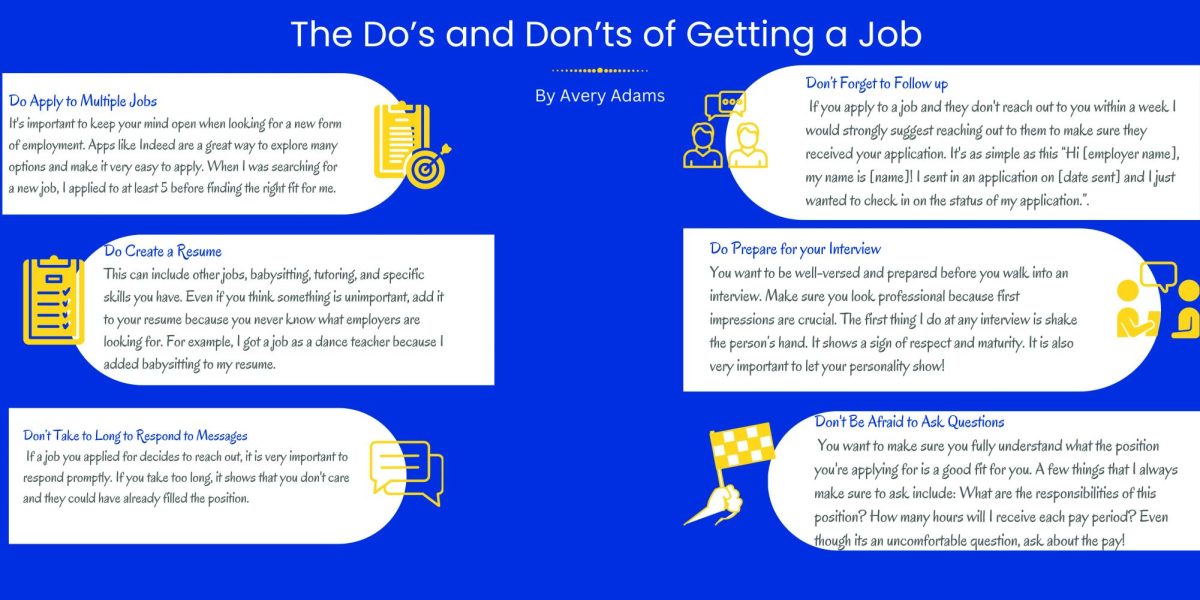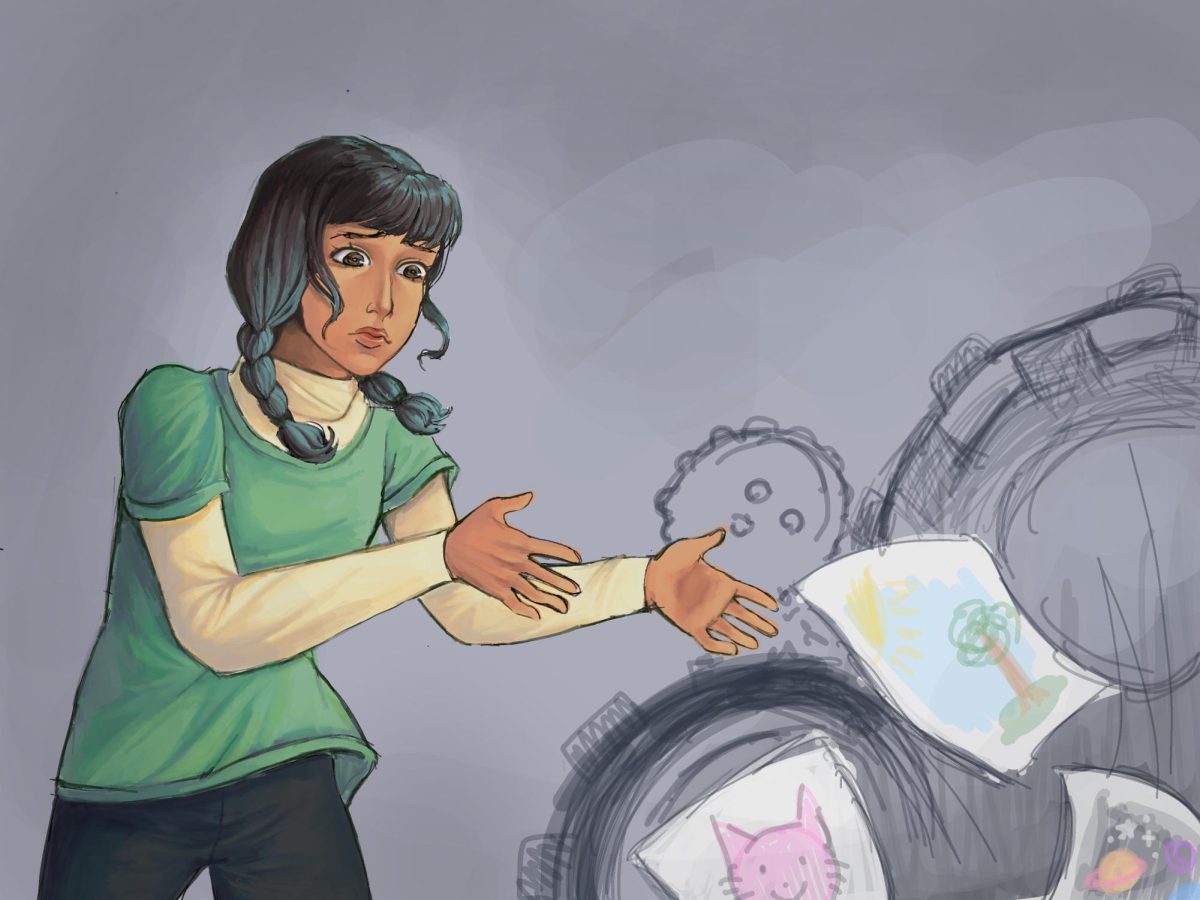
industrial arts type classes Central provides. Photo by Katie Richards.
Finding classes that both satisfy the elements of ‘Will it interest me?’ and ‘Will it be beneficial to my future?’ can be very challenging. There is a variety of classes in the core subject areas, but is that what every single person’s future holds? High school should be a place to explore new opportunities for the future, but it can be difficult with the limits on class options.
For those who enjoy one of the typical core subjects – science, math, social studies, or English – it is easy to find classes that are challenging and interesting. If a student is more interested in classes offered as electives, such as the visual and fine arts, there are fewer options, specifically in industrial arts classes, e.g. metal, woodworking, and other practical applications. These are classes that students might not get experience with elsewhere.
That’s not to say that the new classes that have taken their place aren’t helpful. Instead of industrial arts classes, industrial technology classes are offered. They mainly revolve around the engineering field, such as Design Technology and Drafting. Technology and engineering are definitely appealing to many students, but these classes are unable to fill the void of industrial arts classes completely.
Students are now unable to get a feel for what what these areas entail. For example, if you think you’d enjoy journalism, you can enroll in a publications class. For students who were not prodigies in anything early in life this is an especially helpful way to try your hand at something. However, for those who want to see if a construction-type class is right for them, the only class that still resembles old school industrial arts is Construction Technology, which combines aspects of different classes that used to be taught here (such as mechanical, electrical and plumbing systems) into a one semester’s worth of curriculum.
Now, if you already are deadset on a career in a certain field, there is the dual-credit program at South Tech. Yet this program is a big investment of time. Students only get to take four classes at Central, devoting the rest of their time to programs at South Tech. Both students who are sure and unsure of their interests lose spots in their schedules, possibly classes that are only offered in certain hours. In order to take one class they are interested in, students must, in essence, give up four classes.
In addition, industrial arts are incredibly practical classes. Most students could benefit from learning a thing or two about fixing their common household and car problems, as well as some more complicated repairs to save money later in life. For those students whose relatives all have the plumber on speed dial, this could be the only place they could learn these skills in a hands-on way. Having classes dedicated to this is similar to the nature of a cooking class – you might not bake a souffle every day, but the skills necessary for making it will help you out immensely.
Most teens seem to connect careers like engineer, lawyer or anything that requires years of higher education to being successful. One must realize these paths are not for everyone. It’s good that schools focus on turning students into well-rounded individuals and give them lots of practice in core subject areas, but for student who aren’t set on going to a traditional four-year college, there should be classes that aren’t so boring to them. Like a cooking class for future chefs and drama classes for future directors, certain parts of the curriculum cater to certain students – with just as viable career goals.
The addition of industrial arts classes could help fix this for the teen who likes to work with her hands. “Practical arts” are not just for students who are devoted to construction careers but beneficial to those interested and who need the material these classes cover.







